Face B, Michel Berger's secret recording studio in Paris
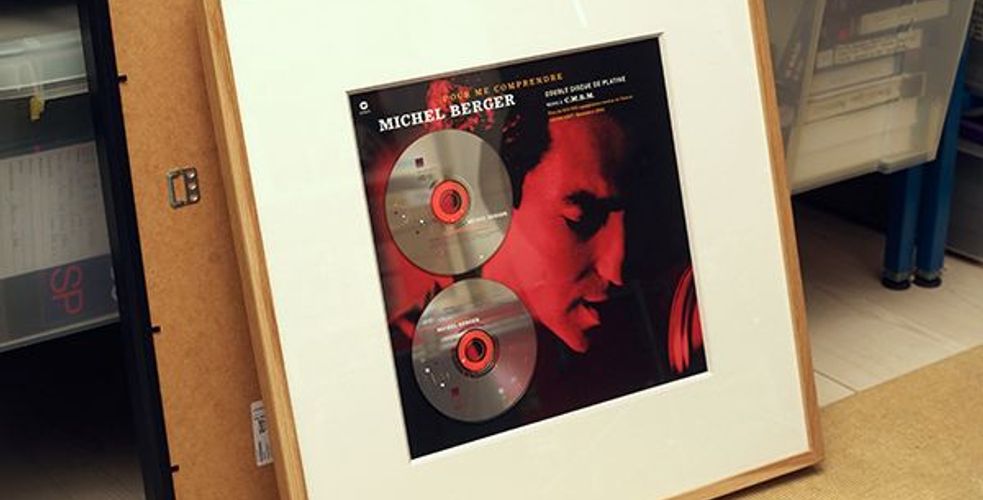
In a small street in Paris's 17th arrondissement, there is a kind of museum that cannot be visited. Michel Berger and his muse recorded his last album there. Exclusive tour and photos, taken from a book dedicated to the French Abbey Road.
Thirty years after Michel Berger's death in 1992, the French artist, considered by some to be one of the greatest melodists and songwriters, has still not revealed all his secrets. An expanded edition of the biography of the author of ‘La Groupie du pianiste’, written by Yves Bigot, has reignited some embers that were thought to be extinguished. Could his Parisian studio, which still exists, nestled in a passageway in the 17th arrondissement, near Boulevard des Batignolles, hold more secrets? A studio called Face B. Face B, like those songs in the shadow of the hit singles on our old vinyl records. Face B also, like those tracks that musicians casually placed there and for which they felt a particular affection. Face B, finally, like the second part of a life spent in the spotlight and in the shadow of France Gall.

This photograph reveals the artist and his muse in the intimacy of the studio. And the intimacy of a studio apartment that served as the setting for Michel Berger's last musical dreams, which can be heard on the album he made with France Gall, Double Jeu. In Thierry Boccon-Gibod's photo, we see Michel Berger sitting on a chair, his head tilted back, half hidden behind his hands, which he has placed on his forehead, revealing a few curly, unruly strands of hair. He looks visibly exhausted, and France Gall is no better off, kneeling a few metres higher up on white steps leading up to... We didn't know where we were going until the doors of Face B opened. We entered, with a sense of reverence, into a holy of holies shrouded in mysteries made indecipherable by the passage of time and the disappearance of those who were its masters and guardians, in search of possible clues. At the time, we were writing a book about legendary French studios, the French equivalents of Abbey Road in London, where countless legendary recordings were made.
The photo echoes the cover of Double Jeu, Michel Berger's latest album. On the latter, which has been widely commented on, we find the same three protagonists: Gall and his Pygmalion, perched on the white staircase. In the background, a family drama that may be unfolding between the star couple and which gives the album title a new meaning, now that it has been revealed. According to Yves Bigot, the title is a reference to John Lennon's Double Fantasy, the album that sounded the death knell for the Beatle's relationship with Yoko Ono. In the expanded edition of his biography of Michel Berger, Yves Bigot lifts the veil of modesty that the artist's premature death had cast over his final months and reveals an affair he had with Béatrice Grimm at the time. This gives us a new perspective on the musician's last songs, as we ponder truth and lies, what we can and cannot know, and the relevance or otherwise of such biographical details, while idly leafing through Proust's Contre Sainte-Beuve - Marcel, pas Gaspard.
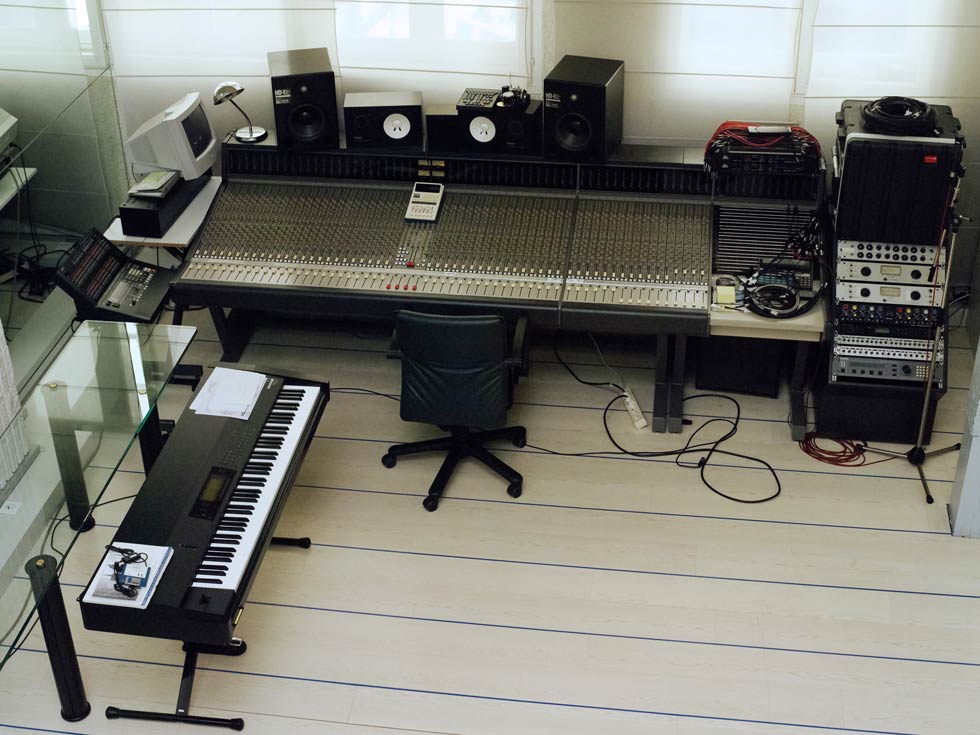
The creation of the FACE B studio, Paris 17th arrondissement
‘The creation and layout of Studio Face B are not entirely known,’ explains Manuel Jacquinet, editor and author of the book Studios de légende: secrets et histoires de nos Abbey Road français (Legendary Studios: Secrets and Stories of Our French Abbey Road). "I had the opportunity, thanks to Raphaël Hamburger, to visit it for the book. The following account is that of the architect-decorator* who was involved, but there are no longer any living witnesses to confirm everything he wrote. One thing remains: the talent of the composer and his muse, and his desire to create his own space in which to refine some unforgettable sound experiments."
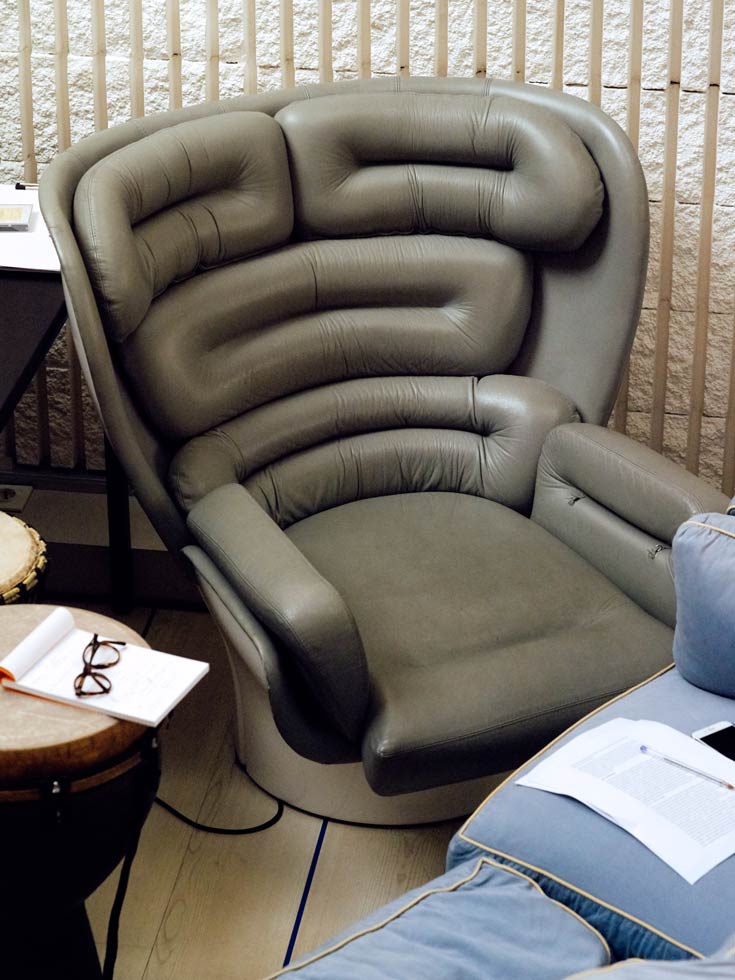
"One late afternoon, my secretary told me that Michel Berger was on the line. Intrigued, I asked her to put him through, while remaining on my guard: at the time, I had a very close friend who spent part of his time pretending to be various famous people. To his great delight, he sometimes managed to trick my colleagues. I took the call anyway: “Hello, this is Michel Berger. I would like to know if you could help me, as I am planning to set up a recording studio.” We made an appointment at the agency for the day after tomorrow.
He had obtained my contact details from a close friend, and I was a huge fan of Michel: I collected his recordings and had even gone to the Théâtre des Champs Élysées one day to buy tickets for his upcoming concert. In the theatre lobby, as I could hear music and there were no checks at that time, I discreetly slipped into the darkness of a dressing room at the back of the hall. There, without making a sound, I watched the entire rehearsal with the orchestra, and it was an intimate and fabulous moment for me. Michel Berger didn't write songs; he had created a very distinctive sound, a poetic atmosphere that I believe would leave a lasting mark on our era. Two days later, during our meeting at my architecture agency, the contact was friendly but a little distant. ‘Can I visit your agency?’
I gave him a tour, understanding that what interested him was getting a feel for the atmosphere there. Located on the third floor of a Haussmann-style building, the agency overlooked two large courtyards. He leaned over and pointed to the first floor of a building across the street. ‘That's where I lived for the first fifteen years of my life! I'm going to buy a small industrial space not far from here, and I'd like to show it to you. I want to turn it into my recording studio, a place of my own where I can live, find inspiration, compose, rehearse, harmonise, throw things away, start again,’ he told me.
We took Avenue de Courcelles and arrived in front of a seemingly ordinary doorway, but it was a very special street, like a passageway to a small, almost rural provincial street, very narrow and lined with artisans and old designer shops.
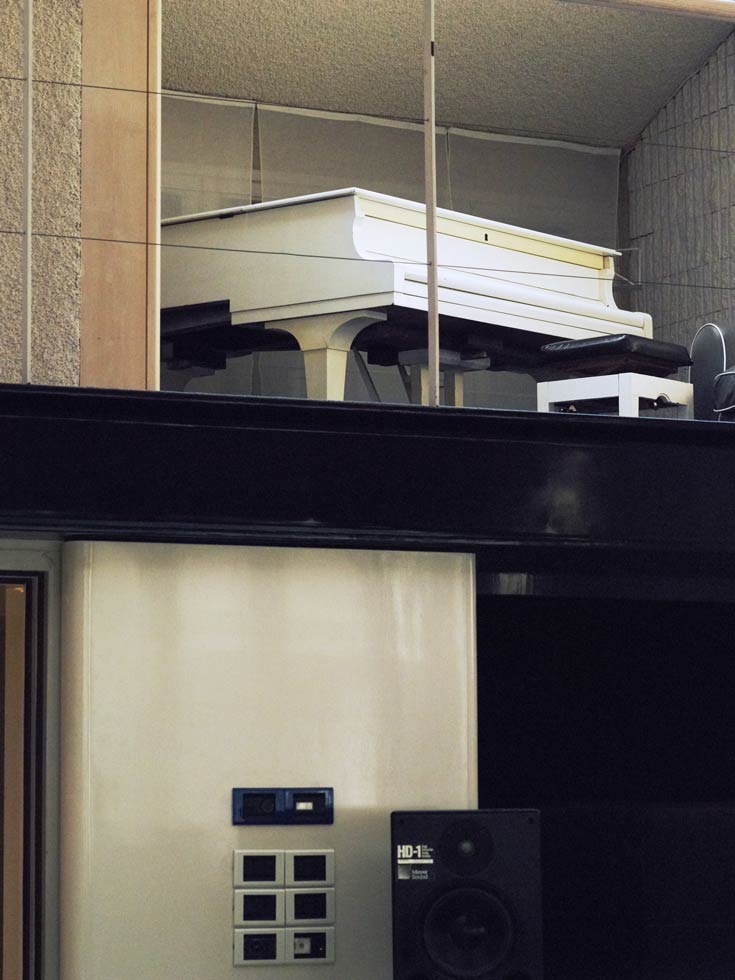
The premises were actually an old printing works, a hangar with fairly high ceilings where old machines and walls cobbled together from odds and ends remained. Many things, including the partitions, were crooked, and I was already wondering how to ensure the acoustics of the whole space. It certainly had a beautiful volume, but it also had a wooden frame, a staircase, two levels, etc. But I had to respond to Michel's request: ‘I want to see the stars.’ The design, study and validation stages by specialised design offices were lengthy. Two glass roofs were therefore created in the roof, which technically complicated things... I knew that the slightest flaw in the waterproofing would be catastrophic. But it was perhaps the staircase that required the most work, the staircase that can be seen on the cover of their latest album. I imagined creating a series of white blocks that formed a very useful tiered structure on either side of the staircase. It was necessary to save space and ensure good acoustics, while leaving maximum space for Michel's synthesiser and enough room around it for six or seven musicians. The white piano was placed in the mezzanine, which also housed a small bedroom that he wanted to install, essential for accommodating a musician after a long journey, for example.
Michel made this place his own, and few people had access to it. He closely monitored the work, down to the smallest detail, while trusting me completely. I once ran into Luc Plamondon there. I believe that many songs and hits were conceived there. After his death, the studio was preserved and very well maintained. It was used by France Gall and Bruck Dawit for the creation and recording of Résiste. I met France there several times in her final years, but she never mentioned her health to me. She was keen for this special place to remain as it was. I was very lucky to meet them, get to know them and work with them.
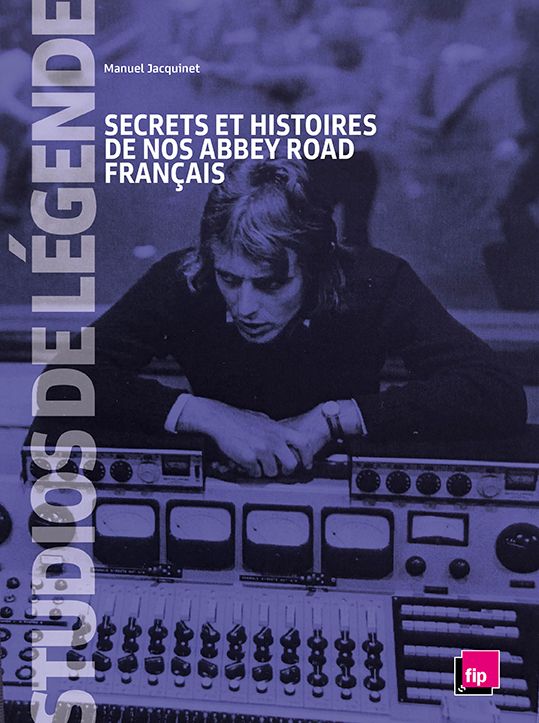
The account of this mission, as recounted by the architect, seemed to contain some inaccuracies to Raphael Hamburger, Michel's son, who gave us access to the studio for the writing of the book. But no one is left to correct or amend any embellishments or inaccuracies that may exist. Side B still exists in a passageway.
From the 1970s and 1980s onwards, France and Paris attracted the world's greatest artists and rock bands, who came to record their albums there. Super Bear, Davout, Hérouville.
*Comments by Jean-Louis Berthet
Legendary Studios: Secrets and Stories of Our French Abbey Road, ISBN 978-2-9574C915-4-4
Photos : Studio Face B - © Edouard Jacquinet



